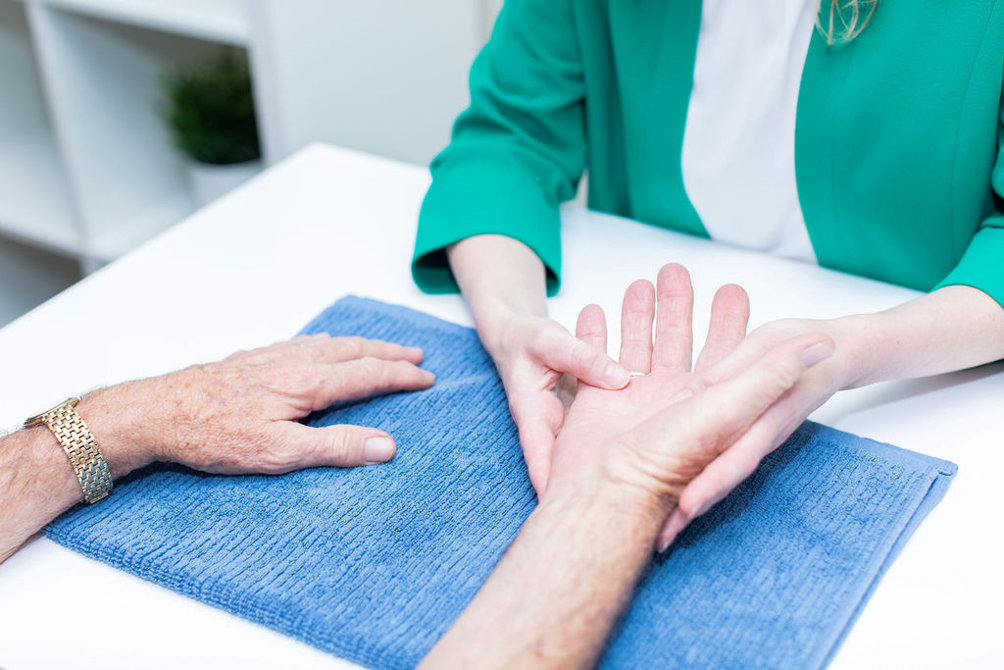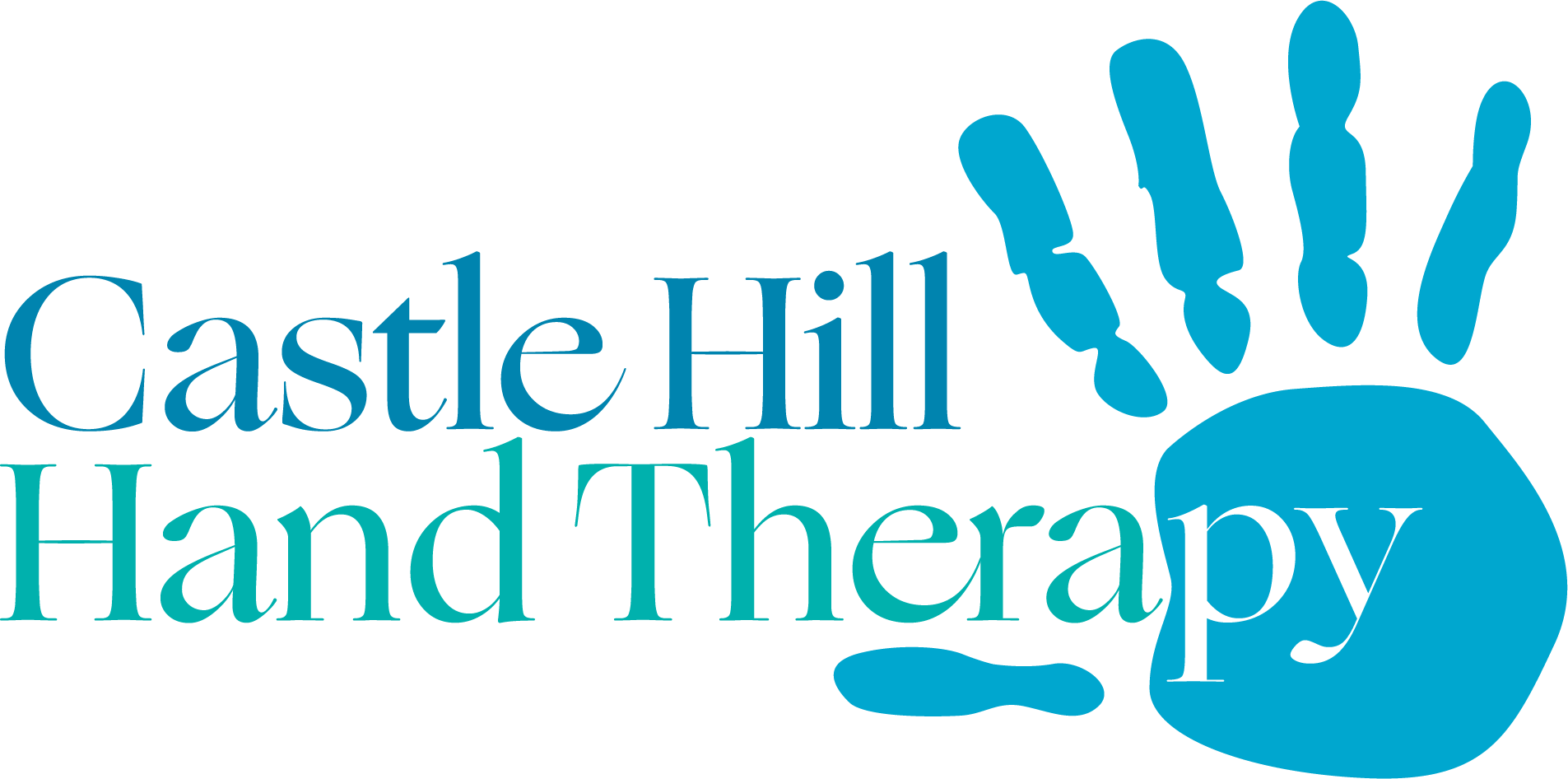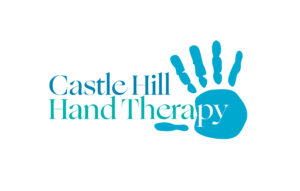Trigger finger often presents with some tenderness, a crunchy feeling (crepitus) and swelling in the top third of the palm, closest to your fingers. You may feel a small lump (nodule) in this area, which you can often feel it moving when you bend and straighten your finger. A trigger finger might feel like, or be seen or heard, to catch mid way as you move from a straight finger to a full fist position. It may also lock in a bent position when you try to straighten your fingers after making a fist or performing gripping tasks. Early in the condition, when you move your hand the finger can be released and if it is more problematic, the finger may require you to use the other hand or the table to push it out straight (passive correction).
The problem with trigger finger is usually located in a fibre osseous tunnel between the metacarpal (hand) bone and the A1 pulley (a soft tissue restraint), as the flexor digitorum superficicalis (FDS) tendon, which pulls on the bone to bend the finger, slides underneath the pulley. In a healthy hand, this is a smooth glide. With a trigger finger, the FDS tendon is swollen and thickened, and has difficulty sliding through the tunnel. Trigger finger is thought to be a result of compression and friction in this area. It can occur in any finger, and commonly in the thumb.

The good news is that this condition is treatable. There are three main ways to manage it, the easiest being conservative management involving hand therapy and splinting, corticosteroid injection and splinting, or surgical management.
Conservative management is provided by a hand therapist, and this is the most common way to resolve this problem. Splinting is often used initially to reduce the inflammation, pain and locking, by restricting the involved finger to stop the friction. It may be either a small thermoplastic splint, which will rest the soft tissues whilst allowing you to use the remainder of your hand, or a small neoprene splint to provide a soft support of the area enabling increased function. Often you start with a more rigid splint and gradually reduce the support as you improve.
Treatment at Castle Hill Hand Therapy will likely also include swelling control, massage, ultrasound, thermal modalities such as warmth or cold, education, and recommendations to avoid aggravating activities such as full and strong gripping. As you improve, you will be introduced to a gentle graded exercise program which will involve joint movement, stretches and strengthening. Belinda will guide you to ensure you are performing the correct exercises for each phase of your recovery.
If the condition is not improving within an appropriate time frame, your hand therapist may discuss the options with you and your GP of a corticosteroid injection or referral to a hand surgeon. This would be for the more extreme cases and would require specific discussion of the individuals condition and the pro and cons of these options. If treated with a corticosteroid injection, it is still recommended for hand therapy to include splinting, an exercise program and a graded progression of returning to activities and exercise. Therapists can also offer post operative care for more difficult scars if needed.
Hand therapy is usually very effective with the management of trigger finger problems. The earlier you attend an appointment for the problem to be assessed, the faster and better result you are likely to have with conservative management. Your treatment will be tailored to the severity and duration of your symptoms. Contact Belinda at Castle Hill Hand Therapy or book online today to start you on your road to recovery from trigger finger.







